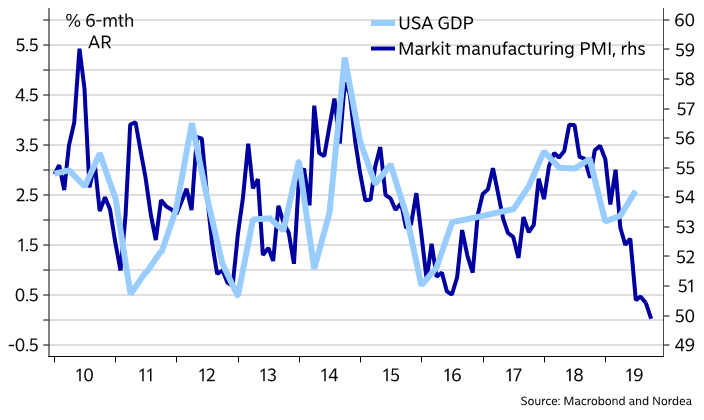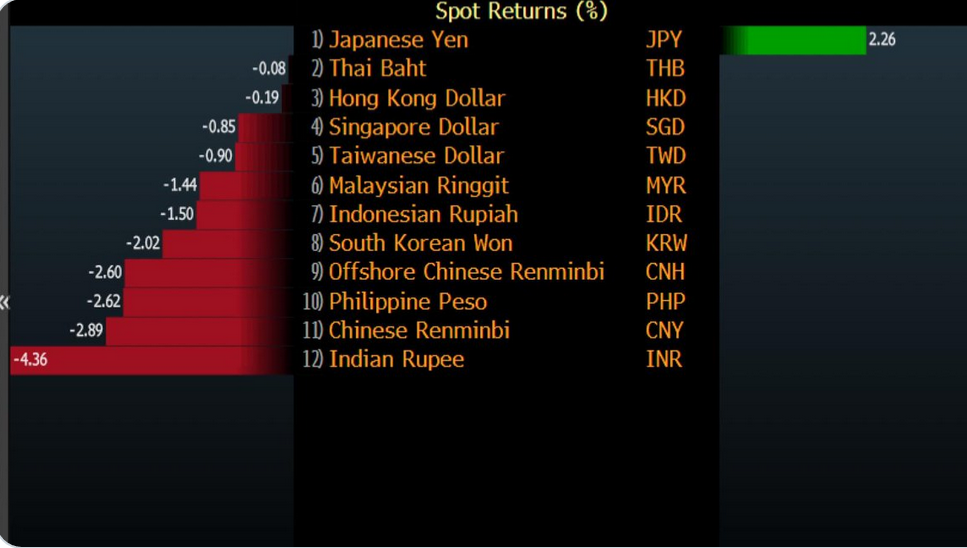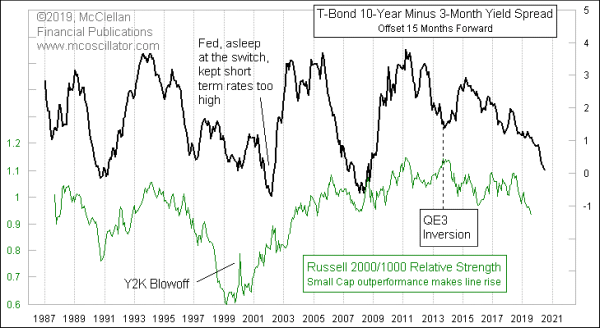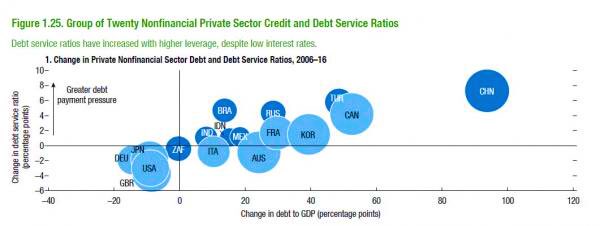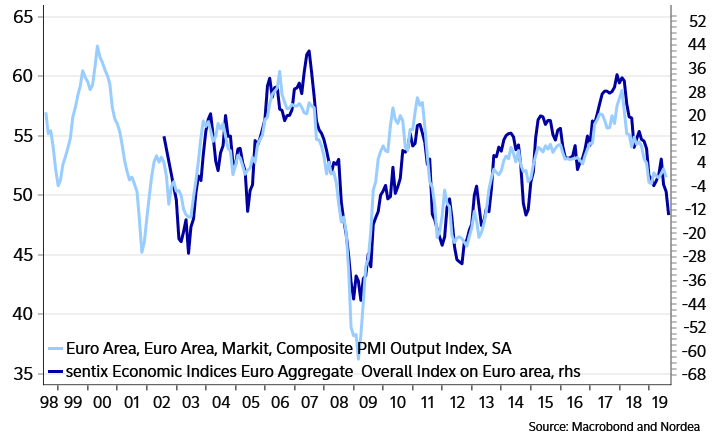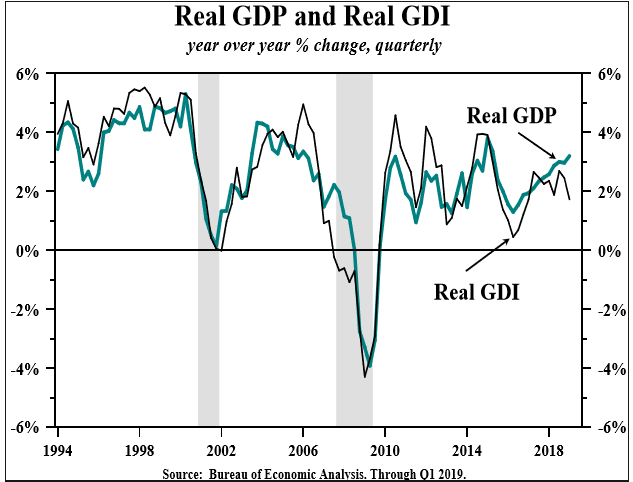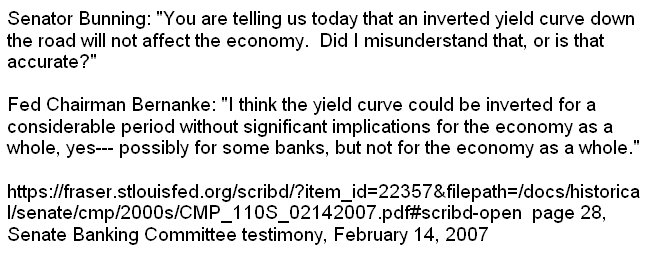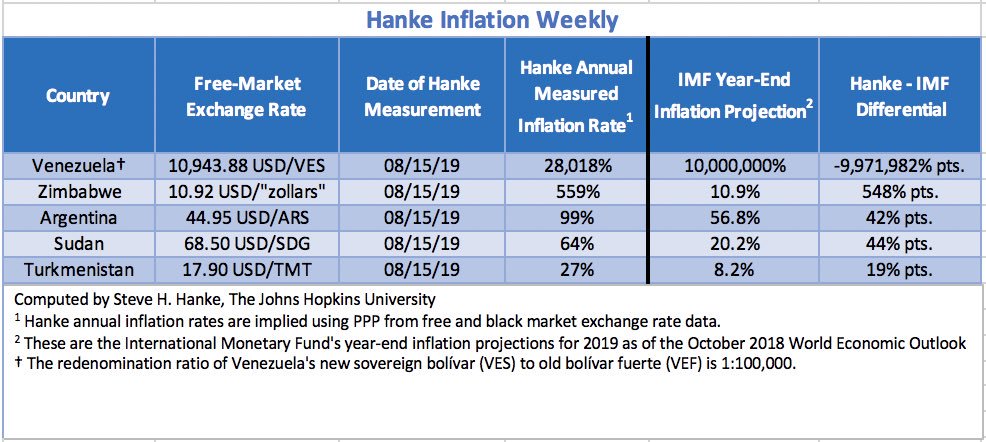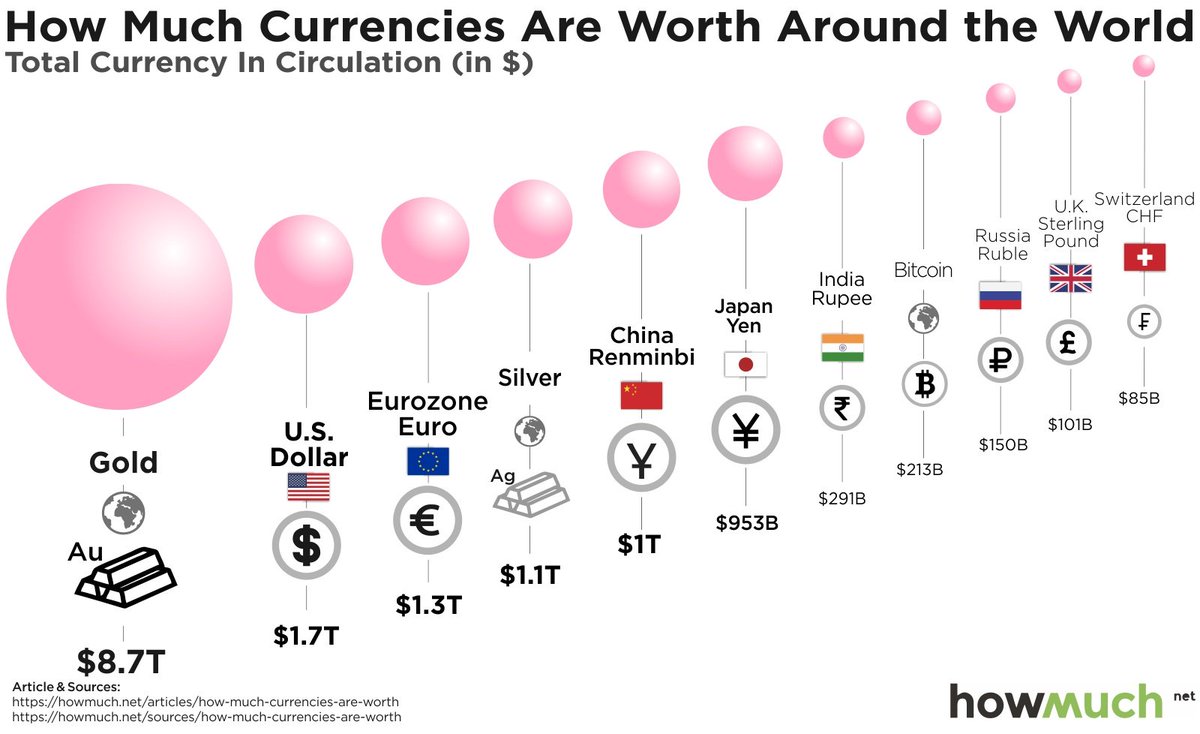Alex writes for macro-ops https://macro-ops.com/how-to-identify-the-consensus/
Here’s John Percival, writing in his book The Way of the Dollar, describing how to identify the Consensus and act as a Contrarian.
“Remember the last time you sold a currency at what proved to be the bottom, or bought at the exact top? That wasn’t just bad luck — nor even just foolishness. You and the crowd caused the bottom, or the top.
The Consensus.
I know of one top equity fund manager who has no other rule for handling the currency markets than to go against the consensus. It’s common sense. We must be ‘contrarians’, if we are to survive in financial markets in general and the currency markets in particular. During the great bull market in the dollar in 1981-5, it was the one single rule that assured survival. If you have any problem with that, I suspect there is no solution but to observe markets till it’s no longer a problem; for the shifts from pessimism to optimism and back are what bull and bear markets are about.
The difficulty is to define “the consensus”. The crowd isn’t always wrong. When a price movement gets going, the crowd as often as not will line up in the direction of the movement. But standing against the crowd, at times can be as desirable as standing in the way of an express train. This is the drawback of such objective measures of opinions as Market Vane — a well known American service which measures bullish opinion among traders. If you poll traders, most of them will point in the direction of the trend. Bullish opinion as measured by Market Vane tells us the direction of prices over the past week, but not necessarily a lot more.
Perhaps Bruce Kovner, of Caxton, nailed the problem when he said that what he was looking for was the consensus that is not confirmed by price action. That covered the entire 1981-5 bull market in the dollar when the consensus was constantly bearish. It also covers the price extremes, when the consensus is wrong by definition.
Whether we are looking at the underlying multi-month/ multi-year trend or the intermediate multi-week moves, there are usually two phases when the consensus is not confirmed by price — early in the move and at the end of the move. Soon after a price reversal, majority opinion is usually aligned with the previous trend, i.e. the consensus lags. Similarly, majority opinion strengthens along with the on-going trend, trending to reach peak consensus at the price extreme. So the ideal position is to be contrarian at the beginning and end of a move, and pro-consensus in the middle. Nice work if you can get it so right.
Never forget that the consensus
usually includes you.
The consensus gauge is a subjective gauge. We read the papers and specialist commentators and we talk to people, and we conclude that most punters are facing one way. If we are facing the same way, we have to reconsider the situation in the light of our other sentiment gauges and cut back if they are flashing yellow. In the heat of a powerful favourable price move, we are often lulled into complacency: at that point, consulting the consensus is an essential discipline — it often comes as a shock to discover that we are in with the herd, and it can be very costly if we fail to make this discovery. When we diagnose a situation where the consensus is not confirmed by price, we should not just cutback but try facing the other way, to see whether anything clicks. If the market action feels right; if the open interest is extended; and if we can find a fitting rationale, we can reverse our position…
Helpful Images
There is another description of the consensus-that’s-not-confirmed-by-price. It consists of two images that have become part of the ancient lore of Wall Street, the Wall of Worry and the River of Hope. A bull market we recall, “climbs a wall of worry” ; and “a bear market flows down a river of hope”. In point of fact, the description normally only applies to the early and middle stages in bull and bear markets. So we can be very comfortable when we diagnose a wall or a river — assuming we’re climbing and flowing respectively.
In the later stages of the trend, things change. The worriers capitulate to the up-trend; and the hopers throw in the towel and give up the fight against the bear. At this stage, in a bull market, we find die-hard bears saying that, well, we are heading for a collapse, but prices are going to go up further before they head down. And in a bear market die-hard bulls assert that prices are far too low — but they can go lower still. The conversion process is nearing its end. Now we have to get a little wary, for obviously we are in the region of consensus. And this is a very dangerous region because nobody on earth can tell how far things can go. Currencies, stocks, commodities — it makes no difference. In this respect they’re all the same.
It is said of Joseph Kennedy, father of President John Kennedy, that when he was having his shoes shined one day in autumn 1929, he was astonished to hear the shoe shine boy tip him a hot stock that was sure to go from 160 to 2000 or whatever. That was all Joe K needed. If shoe shine boys (or elevator attendants, or hairdressers, the cover of Newsweek or whatever) were tipping stocks, it was time to get out. So Joe K started selling short and thus laid the foundation of the family fortune — so the story goes. But if it’s true that Joe K went short at that moment then he was lucky. The sucker buys at the top of the market; geniuses and liars sell at the top of the market; but the super-sucker sells short at what he thinks is the top of the market.
In 1979, the then financial editor of Britain’s Daily Mail newspaper, Patrick Sargent (later to be a founder of Euromoney), called the top of the gold market at around $450. It was a perfectly sound call, in the light of the speculative heat in gold at the time especially from one who had been bullish of gold for a good time. Yet gold was to climb a further $400 by early 1980, when speculation turned from red-hot to white-hot. Imagine being short at $450! As I say, no-one on earth knows where a speculative trend will end — except with hindsight…
This brings us to the question how you can distinguish a minor multi-week extreme from a major multi-month or multi-year extreme. The late stages in that great dollar bull market of 1980-5 provide a clue: you watch the way the conversion process trickles down through the different categories of currency observers. In mid-1984, the world was still full of die-hard dollar bears who had considered the currency overvalued ever since 1981. Who were they? It wasn’t the dealers, who are not and do not need to be overly concerned with underlying value; nor was it the trend-followers. It was the value-oriented analysts — researchers and economists by profession — with a long-term orientation. What happened was that some time during the autumn of 1984, the bearish consensus among this category turned round; and it happened relatively suddenly. You will see it quite clearly if you go back over the research material turned out by major banks at the time. “The dollar is grossly overvalued at DM 3.00, but we think it will head further up before it collapses”, that kind of thing.
In other words, it’s just as you would expect. When the long-termers who were formerly skeptical at last capitulate to the trend, then you have a total consensus and the end is nigh for the major multi-month / multi-year move. Nigh, but not necessarily over. At this point one of our sentiment gauges comes into its own. We have to watch market action: the way the markets react in relation to the background and to news events.”
Michael Lewis wrote in his book Liar’s Poker that:
Everyone wants to be, but no one is, for the sad reason that most investors are scared of looking foolish. Investors do not fear losing money as much as they fear solitude, by which I mean taking risks that others avoid. When they are caught losing money alone, they have no excuse for their mistake, and most investors, like most people, need excuses. They are, strangely enough, happy to stand on the edge of a precipice as long as they are joined by a few thousand others…
It’s incredibly difficult to identify the consensus and act as a contrarian in markets. A good first step is to acknowledge that you suffer from the same base cognitive impulses that drive the rest of the herd — we’re ALL part of the Dumb Money crowd.
As soon as you accept this, you can then go about learning some tools to help you step back from the crowd and better understand the popular narratives and emotions that are driving prices. Doing so is more art than science and it takes a lot of work. But it’s better than standing on the edge of a precipice…
